‘Snow is the poor man’s mulch’
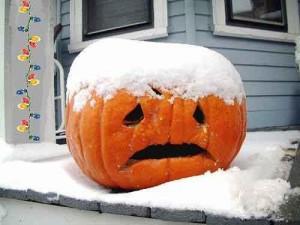
Every gardener uses mulch to protect and fertilize his/her plants. When the ground is frozen, a couple of inches of snow are like a layer of protective mulch. (Mulch is a protective layer of organic matter like decaying leaves, bark and other organic matter that protects the soil and decays, returning its nutrients to the soil). Like mulch, the snow protects the soil and the plants from the wind and freezing temperatures. It insulates the plants, as they might heave and expose their roots to freezes and thaws during winter weather- much like the way new rocks appear in our gardens each Spring, as we described in our post in September 2016.
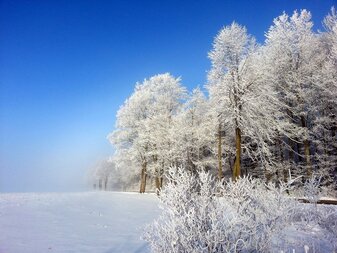
Nitrogen (N2) is an essential element for plant growth. It makes up about 78% of our air, but in it’s atmospheric form is very inert (non-reactive) and needs to be ‘fixed’ to be usable by plants. What does this mean? It means it has to be ‘fixed’ (changed) into different molecules for plants to use.
This requires an enormous amount of energy! Usually ‘fixed’ nitrogen enters the environment by three routes: lightening (which delivers the energetic jolt to combine nitrogen with atmospheric oxygen to create about 5-8% of usable nitrogen oxides, which attach to rain and snow and fall to earth), biological processes (more on this later) and industrial manufacturing (which also requires tremendous energy expenditures to create our commercial fertilizers).
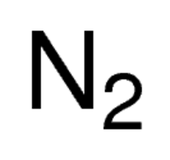
This is the second great benefit of snow in fertilizing the soil! Biological processes rely on moist soils for bacteria (genus Rhizobium)- which have evolved a symbiotic relationship with certain plants, to create more usable ‘fixed’ nitrogen molecules in the soil for other plants to absorb. These plants include legumes (e.g.- soybeans, alfalfa), and others such as clover and alders. This is one of the primary reasons farmers rotate crops and plant legumes in fields meant to be fallow, to restore ‘fixed’ nitrogen. According to the South Dakota State University Extension (www.iGrow.org), annual snowfall deposits between 5- 12 Lbs/acre of nitrogen in their corn belt.
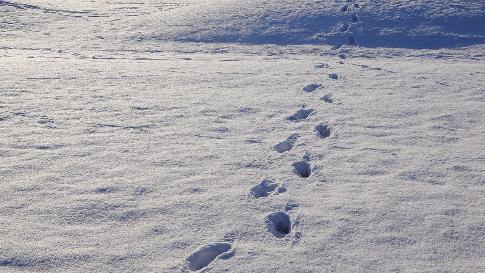
As mentioned, snow not only provides a protective insulating blanket, but plays a role in blossom formation in bulbs like crocuses and daffodils. It is believed that harsh winters and adequate snow also leads to more fruit setting in apples and pears for example.
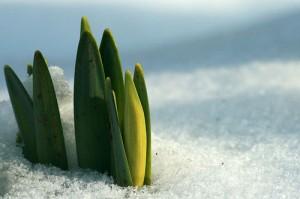 Snow - the Poor Man's Fertilizer
Snow - the Poor Man's Fertilizer Although snow does not deliver much nitrogen, in the grand scheme of the environment, it helps. Its protective layer and moisture retention in the soil which promotes and preserves bacterial nitrogen formation, is probably much more important.
People use nitrogen in fertilizers to make crops grow faster and bigger. But by using those fertilizers in high doses, they have negative consequences for human health and the environment. It takes a tremendous amount of pressure and energy (burning fossil fuels at 600 degrees Celsius), to convert raw materials into nitrogen rich fertilizers.
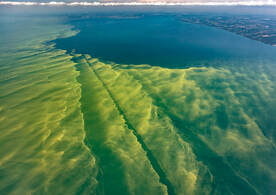 Algae Bloom on Lake Erie
Algae Bloom on Lake Erie Overall, they are blamed for the pollution of groundwater and surface waters, and other forms of toxic air and water pollution (think green toxic water blooms and mass fish die offs from lack of oxygen you see in the news). In general, agricultural use of nitrogen fertilizers to feed world-wide human food demand (plant and animal), are unbalancing the natural cycles of nitrogen compounds in the environment. This is what is leading to the problems we see in the news.
Perhaps one should pause the next time one groans at ‘too much’ snow. Snow helps to temper the fierce effects of Winter on our plants and sustains the reservoirs of nitrogen, so necessary to plant, animal and human metabolisms. At this time of the year, we are the “poor man”, and we are using a bit of snow as mulch. That is a good thing!
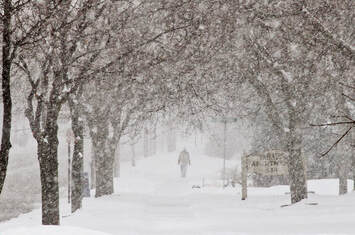
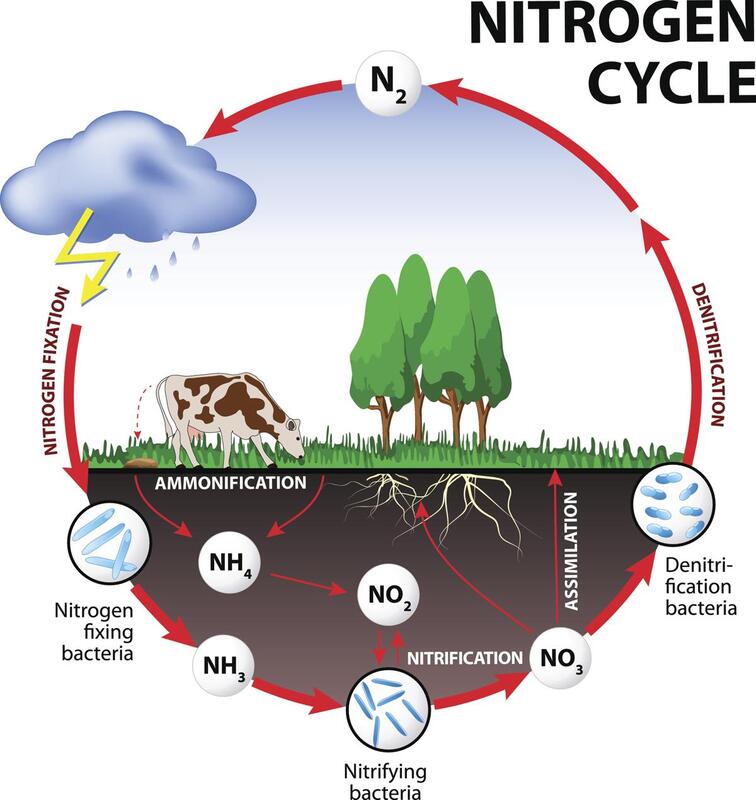
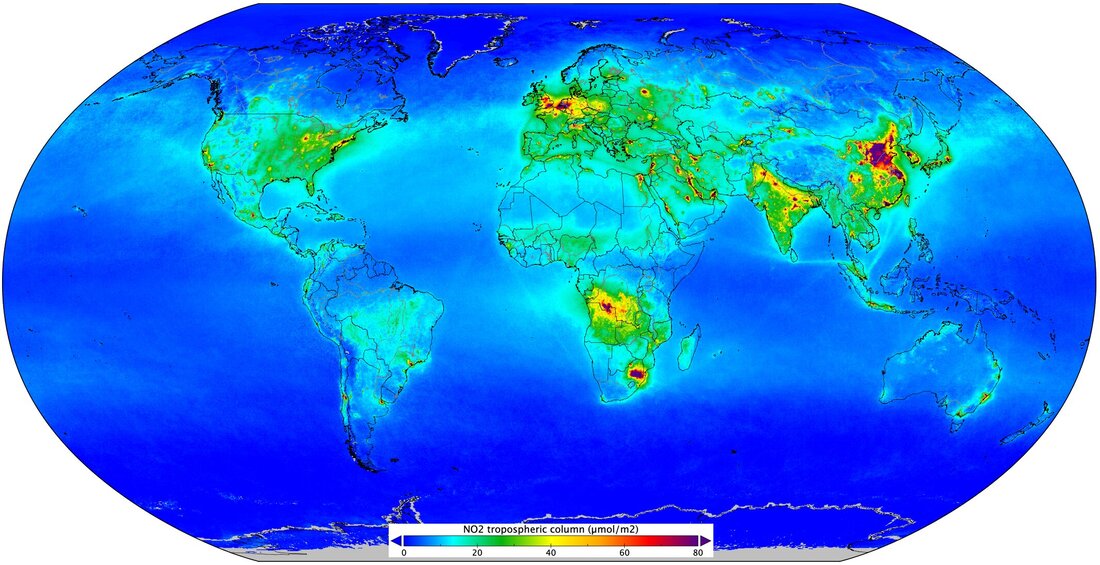
 RSS Feed
RSS Feed